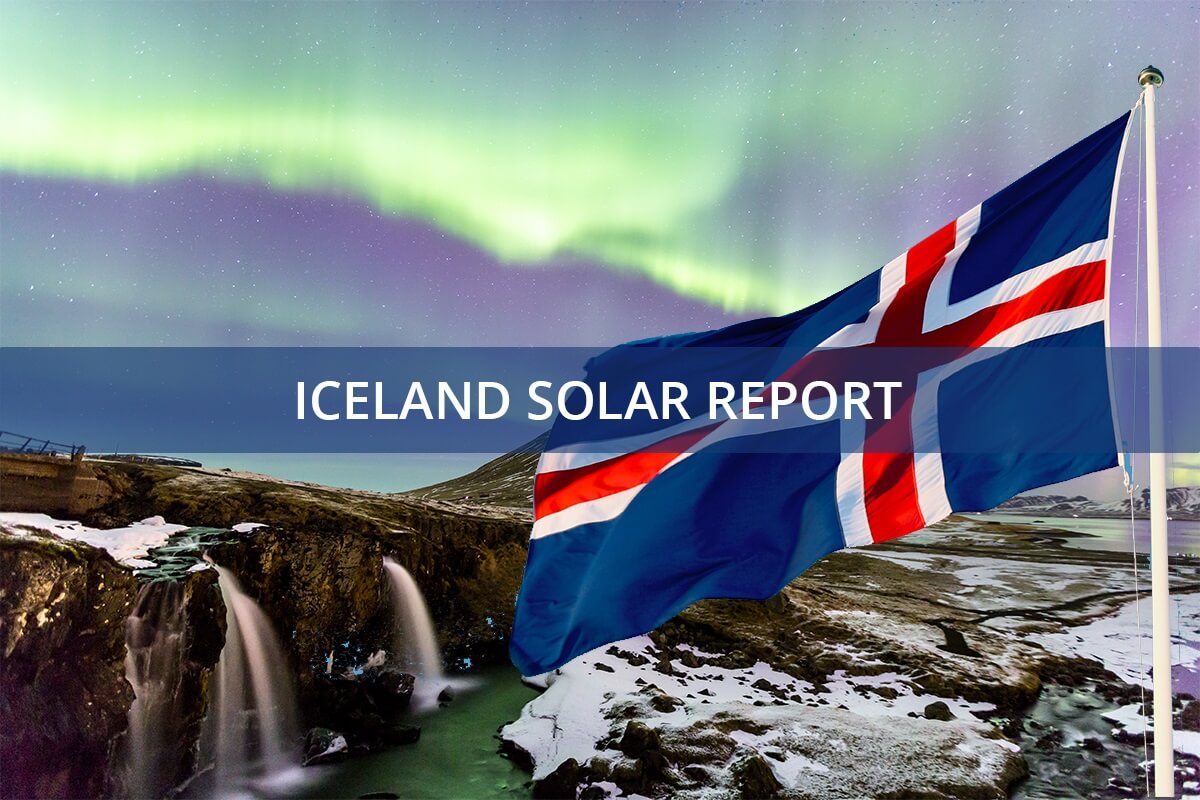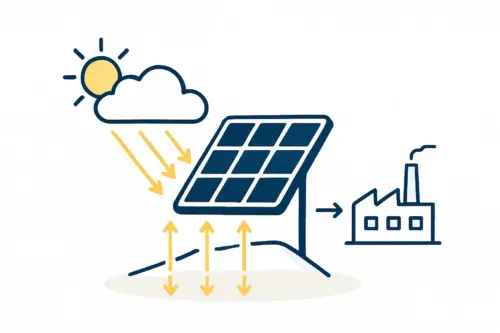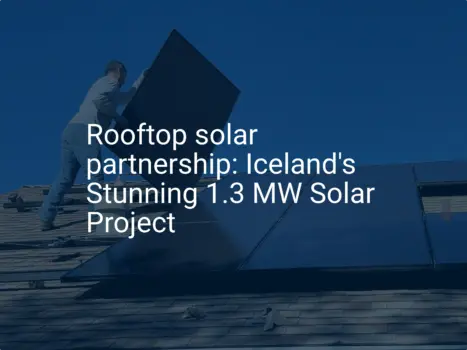Launching a manufacturing enterprise in a high-skill, high-wage economy like Iceland presents unique strategic challenges and opportunities. While high labor costs may seem prohibitive, a deeper analysis reveals a path toward building a highly efficient, quality-driven solar module facility.
Success hinges not on competing on hourly cost, but on harnessing the local talent pool through strategic automation and process optimization. This analysis offers a framework for professionals considering solar manufacturing in Iceland, outlining how to structure a workforce, determine the right level of automation, and implement effective recruitment and training strategies for a competitive, sustainable operation.
Understanding the Icelandic Labor Landscape
Any workforce design must begin with the economic environment. Iceland’s labor market is characterized by several factors that directly influence manufacturing strategy:
-
High Average Wages: The average salary in Iceland’s industrial and manufacturing sectors is significantly higher than in many emerging markets, with data from Statistics Iceland placing these figures among the highest in Europe. This reality makes a purely manual production line economically unviable.
-
Low Unemployment: Iceland typically enjoys a low unemployment rate, often below 4%. This fosters a competitive hiring environment where companies must offer attractive compensation, a positive workplace, and a compelling mission to attract top talent.
-
Highly Educated Workforce: A substantial portion of the Icelandic population holds a tertiary degree. This creates a deep talent pool for the technical, engineering, and management roles critical to running a modern, automated factory.
-
Strong Worker Protections: Robust labor unions and comprehensive regulations ensure high standards for worker safety and welfare. While this adds administrative overhead, it also promotes a stable and professional workforce.
These factors point to a single strategic imperative: maximizing productivity per employee. A solar factory in Iceland cannot succeed with a large, low-cost workforce; it must be built around a smaller, highly skilled team operating advanced machinery.
The Strategic Role of Automation in a High-Skill Economy
In such an environment, automation is not merely a cost-cutting tool—it is the foundation of the business model. The goal is to strike the optimal balance between capital expenditure on machinery and operational expenditure on labor.
A common misconception is that automation means a ‘lights-out’ factory with no human intervention. For solar module manufacturing, the most effective approach is typically semi-automation. This model automates highly repetitive, precision-critical tasks while retaining skilled human oversight for quality control, material management, and process supervision.
Ready to make big Profits?
The solar Industry is Booming
WE HELP NEWCOMERS to the solar industry start their own solar module production line. Customers can make BIG PROFITS by selling modules and finding investors, without wasting money and time on things they don't need!
Tasks well-suited for automation include:
- Cell Stringing: Automated stringers connect solar cells with far greater speed and consistency than manual soldering.
- Bussing and Layout (Layup): Robotic arms place strings of cells onto glass and backsheets with exceptional precision.
- Lamination and Framing: Automated lines ensure consistent quality in the lamination and framing stages, which are crucial for module durability.
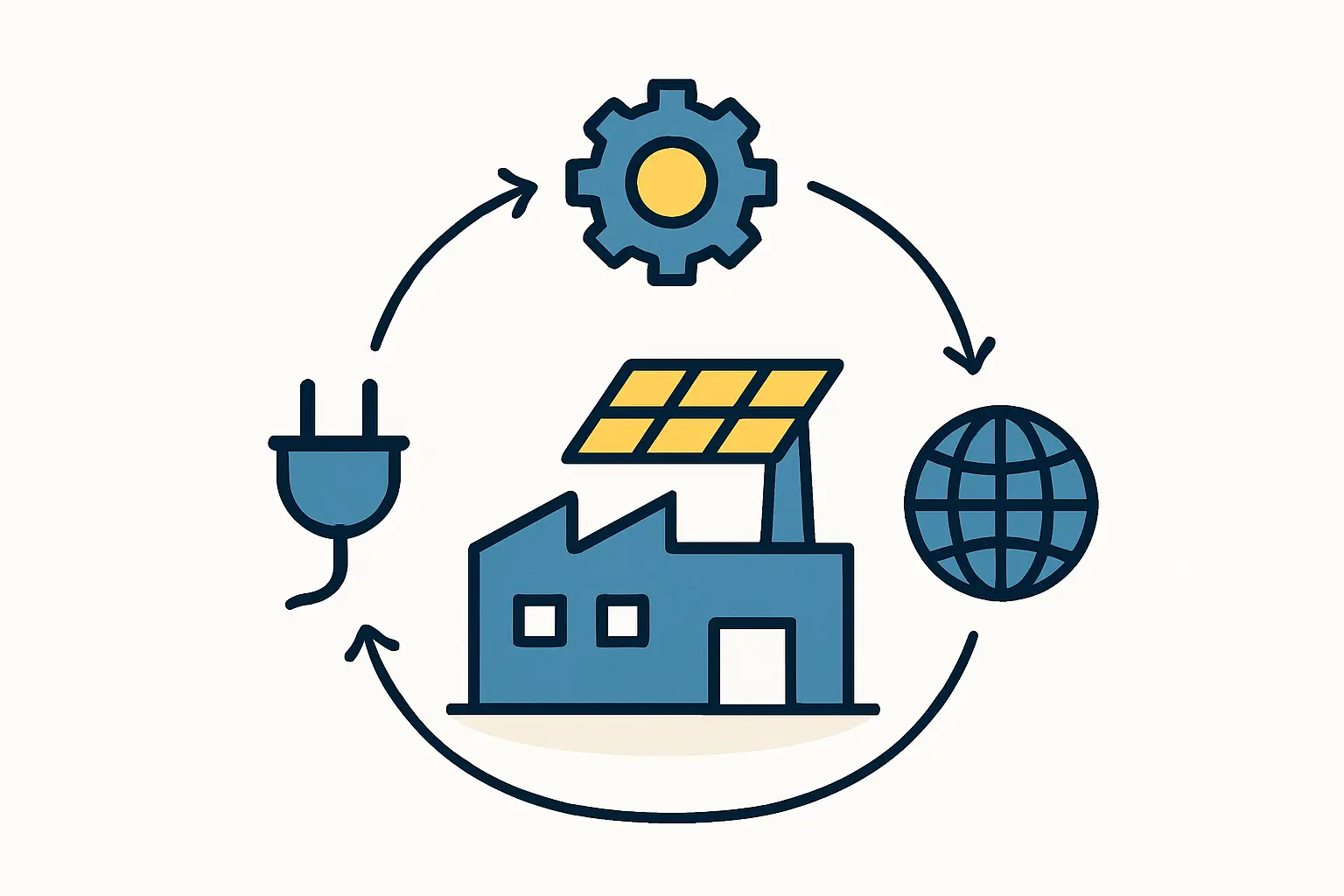
By automating these steps, a factory can dramatically increase its output per employee, allowing it to absorb higher labor costs while producing a globally competitive product. For a deeper look at the equipment involved, it is helpful to understand the core solar module manufacturing machines.
Designing Your Workforce Structure: Three Core Tiers
A semi-automated solar factory in Iceland requires a multi-tiered workforce, with each level defined by distinct skills. Experience from turnkey projects shows that a successful structure typically includes the following tiers.
Tier 1: Production Operators
In a highly automated setting, the operator’s role evolves from manual assembly to process monitoring. These individuals oversee machinery, ensure a steady flow of raw materials, and perform initial visual quality checks. Although fewer operators are needed per shift, they must have a higher level of technical aptitude to interact with machine interfaces and spot potential issues before they cause downtime.
Tier 2: Maintenance and Engineering Technicians
This group is arguably the most critical in an automated facility, responsible for ensuring maximum machine uptime. The ideal technician in this environment has a multidisciplinary skill set—often called mechatronics—combining mechanical, electrical, and software expertise. They handle preventative maintenance, troubleshooting, and machine performance optimization. The availability of such talent is a key advantage of an educated workforce like Iceland’s.
Tier 3: Management and Quality Assurance
This tier includes shift supervisors, a production manager, a quality control manager, and logistics personnel. Their focus is on overall process optimization, supply chain management, and ensuring the final product meets stringent international certification standards. Iceland’s strong pool of educated professionals provides an excellent source for these leadership roles.
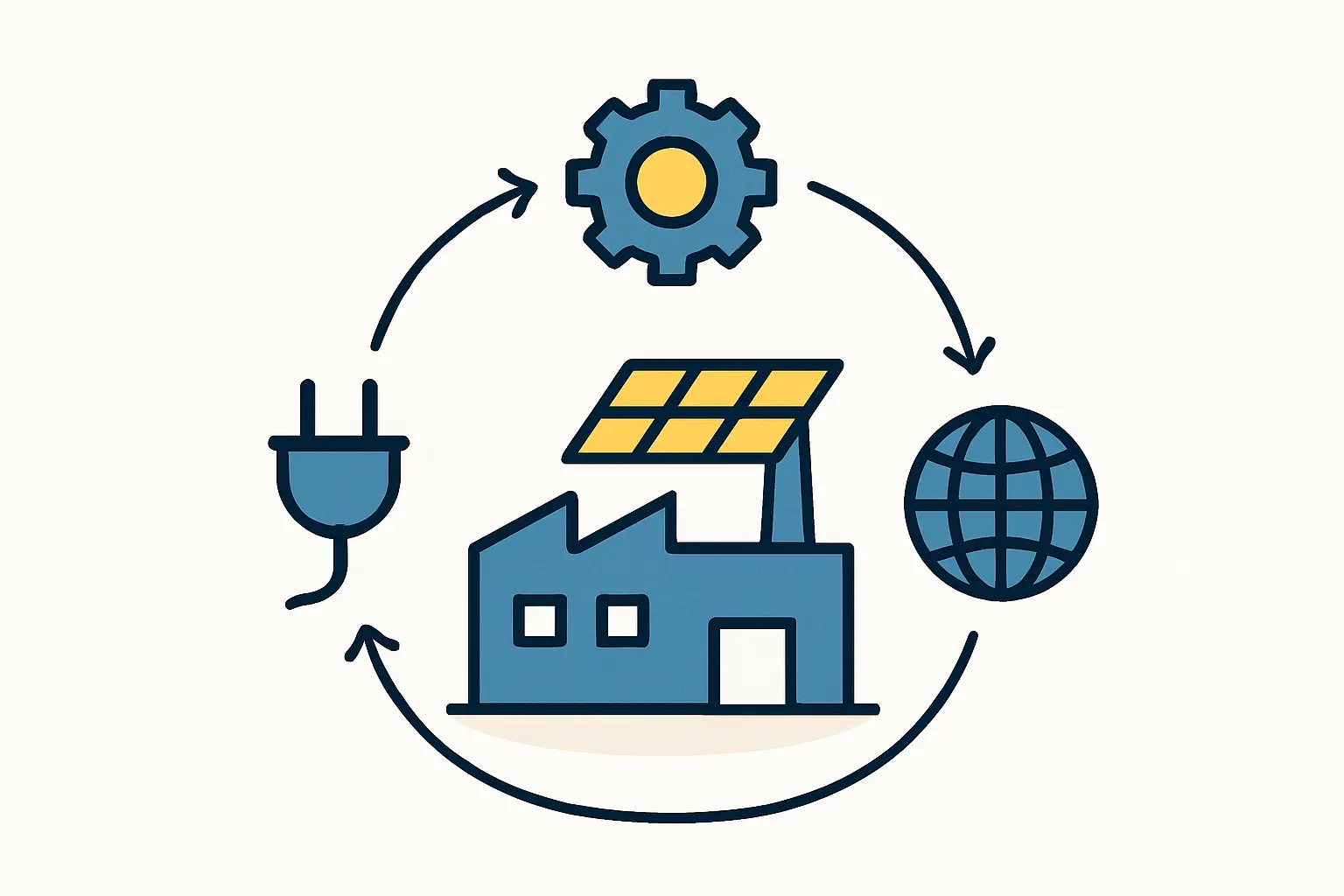
Recruitment and Training Strategies for Iceland
Attracting and retaining talent in a competitive market requires a deliberate strategy.
-
Partner with Educational Institutions: Collaborating with Reykjavik University or other technical colleges can create a pipeline of qualified technicians and engineers. Offering internships or participating in career fairs helps build brand awareness among future graduates.
-
Emphasize the Mission: The chance to work in the renewable energy sector is a powerful motivator. Highlighting the company’s role in advancing green technology can be a significant advantage in attracting skilled professionals who are motivated by more than just salary.
-
Invest in Comprehensive Training: Even experienced technicians may be new to photovoltaic manufacturing. A structured training program, often provided by the machinery supplier, is essential. This ensures the team is fully competent in operating and maintaining the specific equipment on the production line, a crucial step in any plan for how to start a solar factory.
A Practical Example: Workforce for a 50 MW Semi-Automated Line
To make this tangible, consider the staffing for a typical 50 MW per year semi-automated production line running two shifts.
- Production Operators: 4–5 per shift (Total: 8–10)
- Technicians (Mechanical/Electrical): 2 per shift (Total: 4)
- Quality Control Staff: 1–2 per shift (Total: 2–4)
- Logistics/Warehouse: 2–3
- Management & Administration: 3–4 (Production Manager, Quality Manager, etc.)
This brings the total workforce to approximately 20–25 employees. In contrast, a manual line with the same output in a lower-wage country might need 50–60 employees. This 50% reduction in headcount makes the business model viable, directly linking workforce strategy to the typical investment requirements for a solar factory.
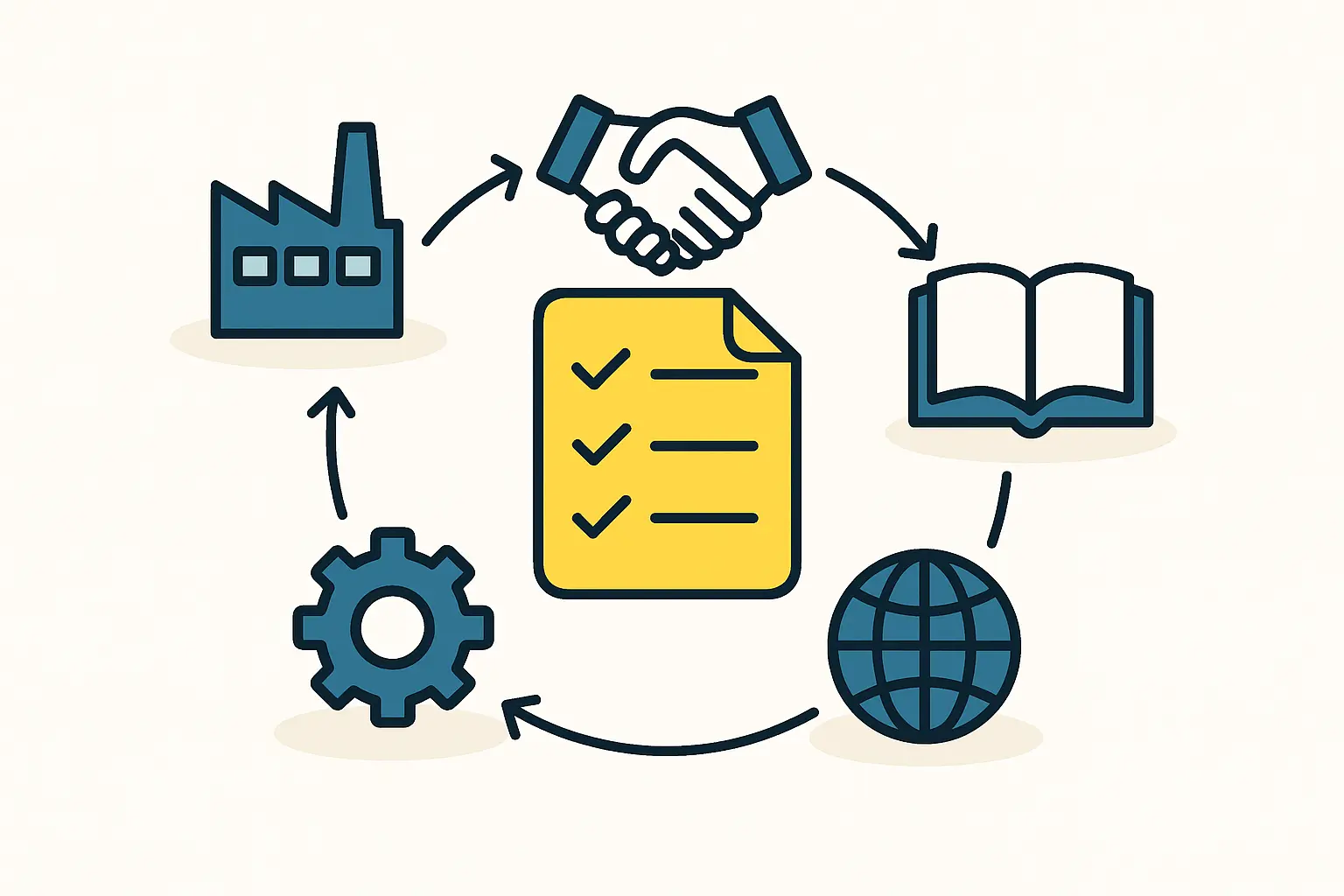
Frequently Asked Questions (FAQ)
How many employees are needed to start a solar factory in Iceland?
For a semi-automated 20–50 MW line, a workforce of 20 to 30 well-trained employees is a realistic estimate. The final number depends on the level of automation and the number of planned shifts.
What are the most critical skills to hire for?
Beyond basic production roles, the most critical hires are mechatronics or automation technicians. Their ability to maintain and troubleshoot sophisticated machinery is vital to consistent production and profitability.
Is full automation a better option for Iceland?
While theoretically possible, a fully ‘lights-out’ factory carries a very high capital cost and can be inflexible. Semi-automation offers a more proven, balanced approach, combining the efficiency of machines with the adaptability and problem-solving skills of a trained human workforce.
How do local energy costs in Iceland affect this model?
Iceland’s access to abundant, low-cost geothermal and hydroelectric power is a major strategic advantage. It significantly reduces electricity costs—one of the largest operational expenses in solar manufacturing—further strengthening the business case for a high-tech factory.
Conclusion: Balancing Labor and Automation for Long-Term Success
Establishing a solar module factory in a high-skill economy like Iceland is not a matter of minimizing labor costs, but of maximizing labor productivity. The strategic decision to invest in a higher level of automation, combined with a focus on recruiting and training a smaller, more skilled technical team, provides a clear path forward.
By leveraging Iceland’s educated workforce and unique energy advantages, a well-planned solar manufacturing facility can become a model of efficiency and quality, able to compete effectively on the global market. The next step for any serious investor is to develop a detailed feasibility study that models these capital and operational costs precisely.

